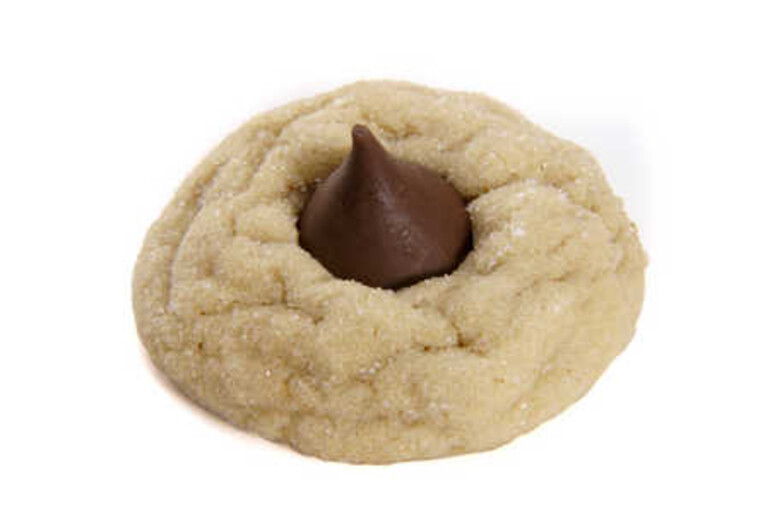Although he experimented with cocoa and sugar, his candy-making attempts were far from "sweet." In fact, he had failed so miserably in two candy enterprises, his uncle refused to provide him another loan. Milton S. Hershey was penniless, an elementary school dropout, and a failure twice over.
For a time he served as a printing apprentice, but he was dismissed from this too for lack of attention. By age 29, he returned home to Lancaster, Pennsylvania. Eventually he got a third loan and purchased the ingredients to begin a caramel business. Making candy by day and peddling the confections by night, he got a break from an English candy importer, who was impressed with the fresh taste and the quality of his caramels.1
From this, Hershey made enough money to pay off his loan and launch The Lancaster Caramel Company in 1886. Merely four years after his failures in Philadelphia and New York, Hershey became one of Lancaster's most successful businessmen and a millionaire.1 By 1894, he produced baking chocolate, cocoa and sweet chocolate coating for caramels under the name Hershey Chocolate Company.
As a leading employer, Hershey felt as much concern for his fellow human beings as he did for milk chocolate. During the Great Depression in the 1930s, he strategically kept employees on payroll by having them create their own model town. Hershey, Pennsylvania, the Chocolate Capitol, provided a "recipe" for creating more jobs, instilling workers' pride and providing new, safe havens for workers bringing up families. Hershey Town became a "delicious" assortment of streets with namesakes of sweet candies and dreamy confections: the Cocoa House, Chocolate Avenue and so on. Consequentially, the town drew tourists. Amidst severe economic times, Hershey went on record and stated not one of his employees was laid off; on the contrary, Hershey added to his payroll!
Hershey's mother raised young Milton in the strict Mennonite faith, instilling in him these thoughts: "Watch every penny, son. God gives us all we have."2 Hershey remained a faithful tithe-payer throughout his life. Company records display his good-sense frugalities, such as practicing creative buying and utilizing wholesale sugar storage. Additionally, Hershey "practiced extensive philanthropy, supporting many churches and worthwhile causes."1 On one service spree, he reportedly gave $20,000 to all of the denominations in his community alike. Additionally, in 1910, he and his childless wife, Catherine, established a school for orphaned boys.1 Hershey watched over the boys' school, and in 1918 he endowed it with the large majority of his fortune.
Those who knew the entrepreneur said, "He always placed the quality of his product and the well-being of his workers ahead of profits." The Hershey Company continues to reign as the world's largest chocolate manufacturer, with more than 11,000 employees and almost $5 billion in sales.1 Hershey Town continues to draw tourists, and the Hershey Company generates new brands each year.
Postscript: One might say a dab of chocolate and an honest tithe may go further than we once imagined.
Sources:
1 ^a, b, c, d, e, Coyle, Millie L. "Milton Snavely Hershey," Hershey Dreary Township Historical Society. 2010, Web. 26 May 2011.
2 Young, Ethel, and Natelkka Burrell. "Hershey," Neighborhood Friends, Grade 2 ed., vol. K–12. Mountain View California: Pacific Press Publishing Association. 1968, 155–60, print, level 9.













